Rouse Hill Estate: a preservationist approach
Six generations of one family occupied Rouse Hill House from its construction in the early 19th century until the late 1990s when it opened as a museum. Each generation added another layer of belongings, improvements and memories, and today every object and addition, every tear, stain and repair, has a story to tell.
When the property was transferred to the Historic Houses Trust of NSW (HHT; now MHNSW) by the NSW Government in 1987, the HHT rejected the then prevalent conservation approach of ‘corrective conservation’. This approach meant that for many heritage places, particularly houses and their contents, a specific point in time or a particular era of family occupation was chosen to be elevated above all others. Any later additions or alterations were seen as obscuring the heritage value of the place and so were stripped back, removed or ‘corrected’. Then HHT curator James Broadbent rejected this approach for Rouse Hill, stating in the property’s conservation management plan:
It is a depressing reflection on the survival of Australia’s built heritage and, more so, on the preoccupations of the building conservation movement that rarely are buildings –particularly houses and their contents – promoted for conservation without change … The idea that it is the conservationist’s role not only to preserve but to ‘right’ buildings that have in some way been ‘wronged’ is widespread.... [Rouse Hill] is not such a place and any temptation to change, to ‘right’ perceived ‘wrongs’, other than changes essential for the continued existence of the fabric, must be resisted.
Instead, Broadbent and the HHT boldly adopted a preservationist approach. The property was deemed to be an ‘unedited, cumulative archive of Australian life’, and all aspects of its life and fabric up until the moment it passed out of private ownership in 1978 were seen to be of equal historical and heritage significance. This means that every effort has been made to keep the property in the same condition in which it was found in 1978, more than 150 years after it was first established.
The preservationist approach was based on the writings of English art critic John Ruskin, a key figure in the 19th-century anti-restoration movement, who argued in his publication The seven lamps of architecture (1849) that to restore a historic building or a work of art, even using the methods of the historic period, and even ‘faithfully’, meant much reproduction of its old forms in new material, and therefore destruction of the unique, authentic work as moulded by the original artist, and as weathered through time and history.
Today, the preservationist philosophy is still followed at Rouse Hill Estate. When conservation work is required, MHNSW adopts a considered and cautious approach, seeking to make only changes that are essential for the continued existence of the fabric and place. Key questions we ask when scoping work are ‘Is it necessary?’ and ‘If we do nothing, will it lead to further loss?’ If the answer to both questions is yes, then intervention is appropriate.
This approach also requires that new repair work is easily ‘read’ as such – that is, repairs are not hidden, made invisible, aged or patinaed. This ensures that visitors are able to see the minimal but necessary interventions required amid the long history of use and wear and tear that itself forms part of the place’s significance. Broadbent likened this approach to that of an archivist conserving a document: ‘repairs should not be aiming to make the document like new but retain the state of the document so that its use can still be perceived’.
Careful planning and preparation
In all large-scale heritage conservation projects such as those detailed below, careful planning is the essential first step before any works commence on site. Extensive condition inspections are undertaken to identify urgent and essential repairs needed to ensure the condition of the built fabric does not deteriorate further. These also ensure the ongoing protection of the significant and extensive collections housed within the structures. Considerable time is spent crafting appropriate solutions to the identified issues.
Latest news

Latest News
Rouse Hill Estate – what’s been going on?
The conservation works are up and running at Rouse Hill Estate! The scaffolds are up, allowing the team to look closely at windows and roofs
Related

Heritage
We manage, maintain and interpret buildings and places of historic importance for the education and enjoyment of the public

Sustainability
Sustainability is central to our mission. We sensitively conserve and manage our built heritage assets, restore and protect our natural ecosystems and landscapes, and conserve and care for our collections
Conservation at Rouse Hill
Browse all
Rouse Hill conservation works 2024–25
After detailed condition inspections of the state heritage–listed Rouse Hill Estate, MHNSW’s Capital Works and Heritage teams have begun a large-scale conservation project that will sensitively address a range of identified issues at the site
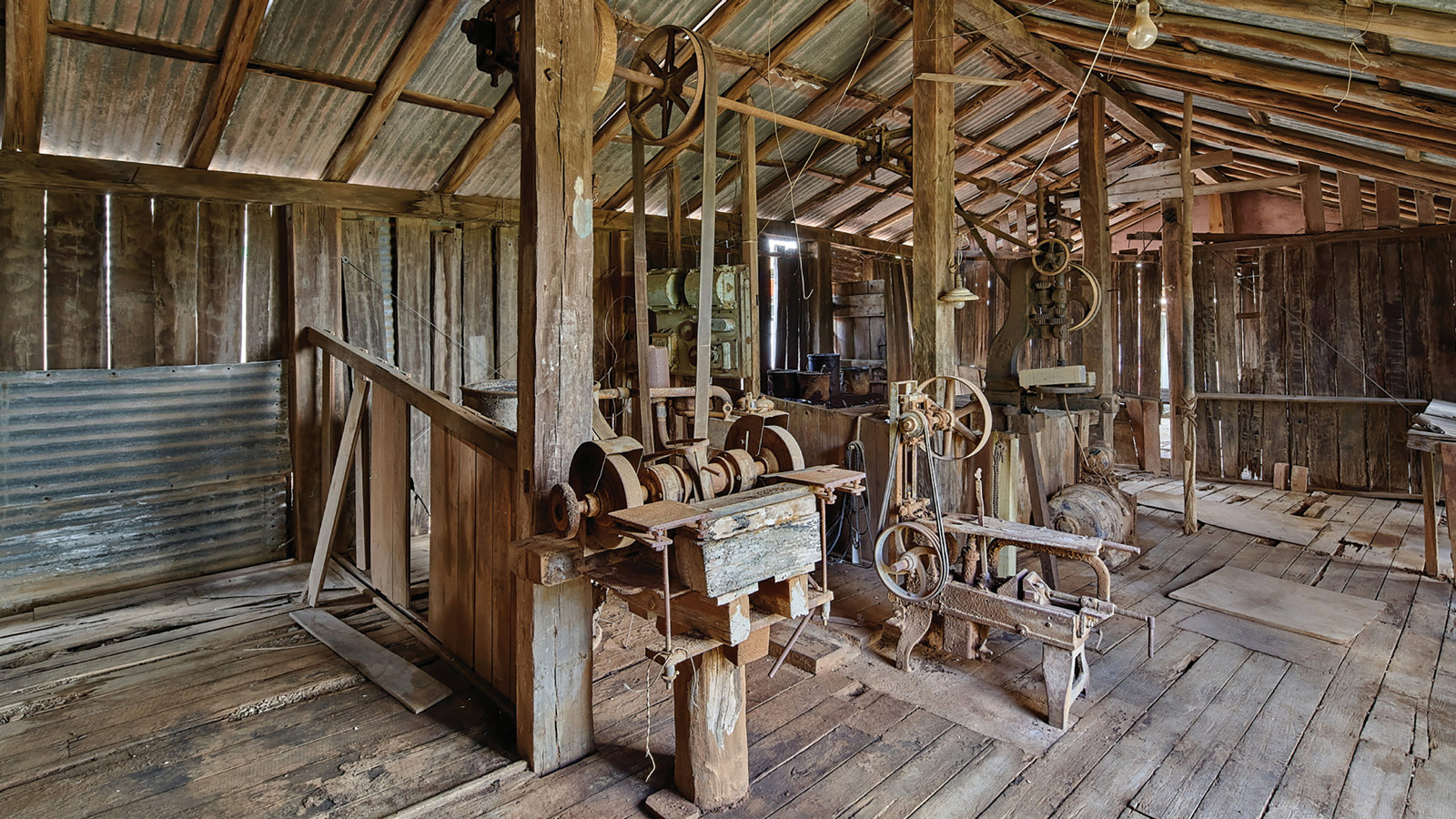
Conservation
A strong and simple structure: conserving the woolshed
The second phase of a major conservation project on the woolshed at Rouse Hill Estate has seen the rustic 160-year-old structure strengthened and stabilised

Conservation
What lies beneath: conservation works
Two conservation projects demonstrate the complex factors to consider when working with heritage buildings

Conservation
A herculean task: clearing the woolshed
The first stage of a major conservation project at Rouse Hill Estate involved removing thousands of objects accumulated over 150 years of the property’s occupation
Horticulture
Browse all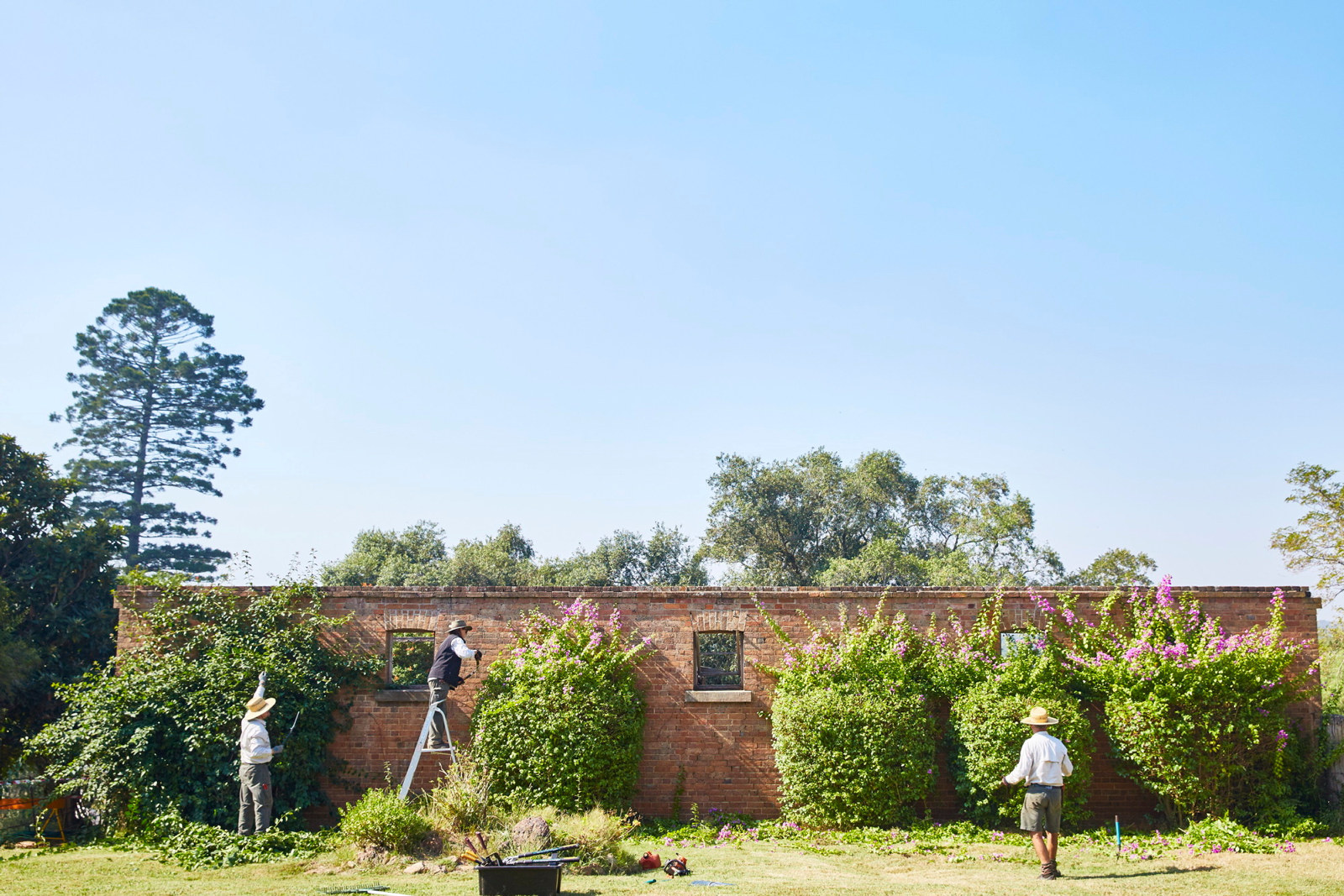
Plant your history
In good hands
A week with the Gardens team shows historic garden conservation at its most hands-on

Museum stories
Surviving and thriving
The historic gardens at Rouse Hill Estate and Vaucluse House showed remarkable resilience through the heat and bushfires of 2019–20. Tristan Harman, a member of our Horticulture Team, explains his practices and introduces some of the gardens’ star performers.

Plant your history
It's Tecoma time again
This heritage staple flowers in mid-Autumn and can be used as a fantastic hedge when maintained

Plant your history
Cape honeysuckle (Tecoma capensis)
The Cape honeysuckle is currently in its magnificent full bloom at Rouse Hill Estate. This erect scrambling evergreen shrub has been widely planted on the property
Collections from the house
Browse all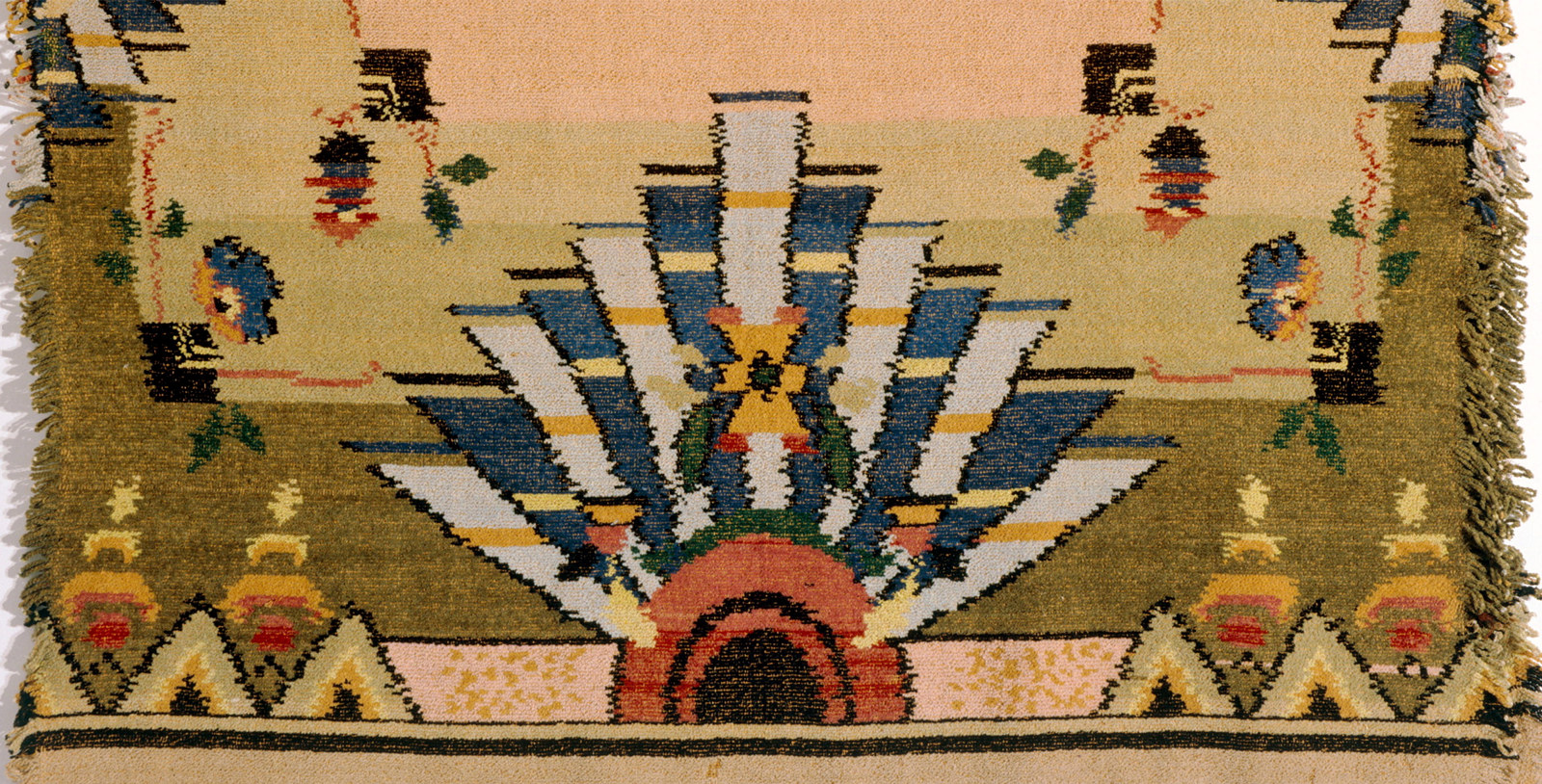
Furnishing textiles in Australia: 1850-1920
The Caroline Simpson Library holds numerous examples of textile furnishings provenanced to NSW homes dating back to the 1850s
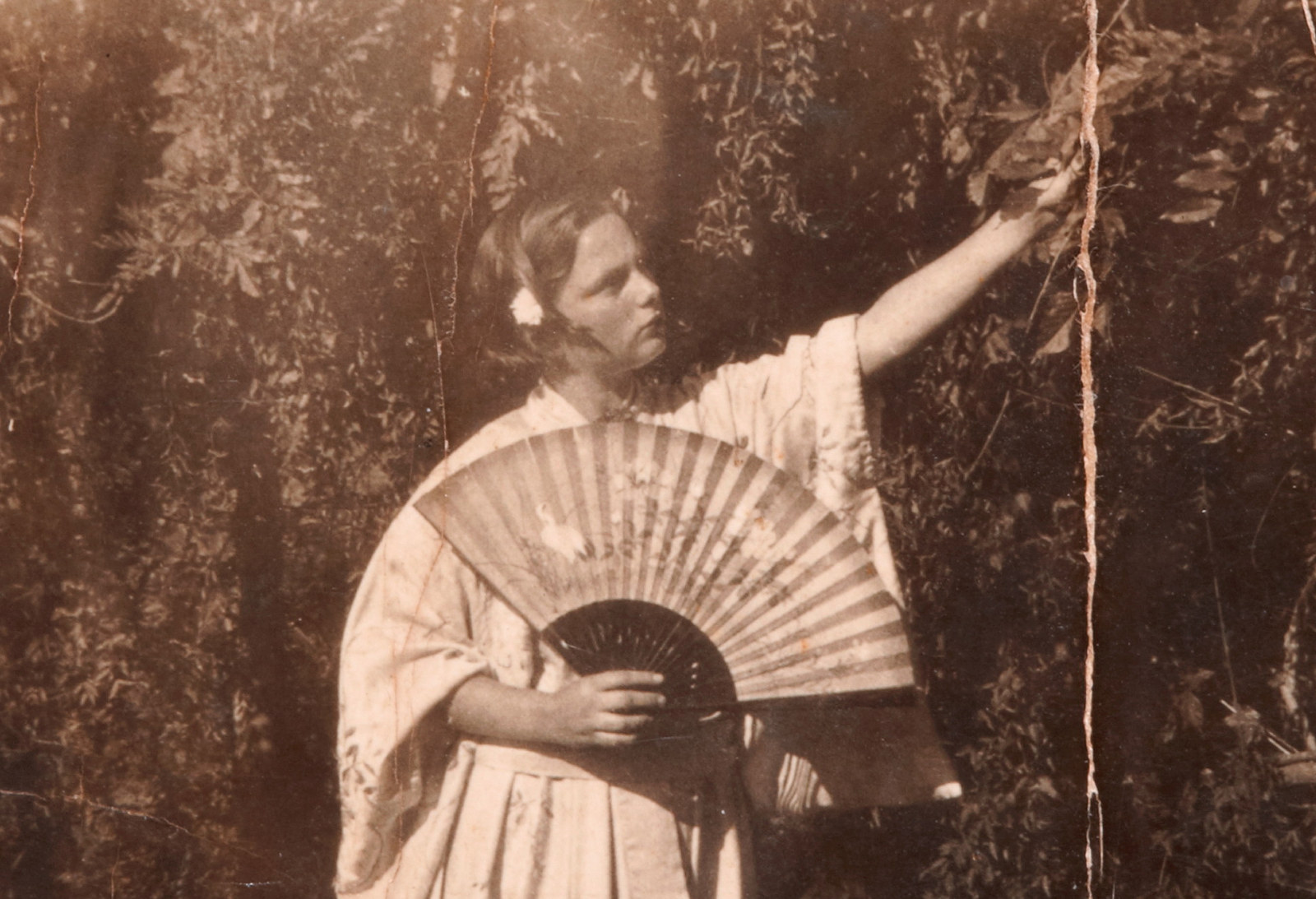
Keeping cool
Shading the face, fanning a fire into a blaze or cooling food, shooing away insects, conveying social status, even passing discreet romantic messages - the use of the fan goes far beyond the creation of a breeze
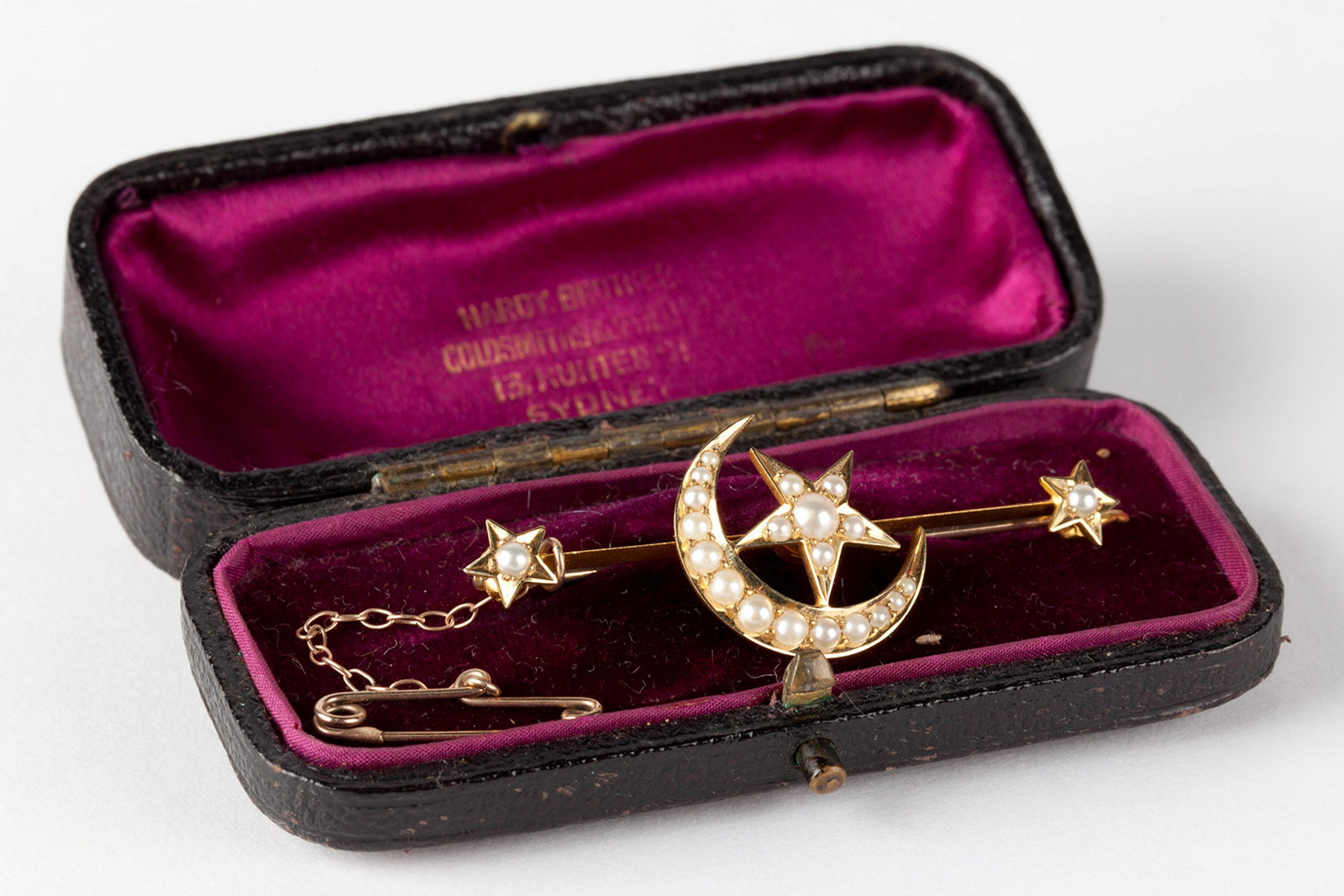
Baubles, brooches & beads
We wear jewellery as articles of dress and fashion and for sentimental reasons – as tokens of love, as symbols of mourning, as souvenirs of travel
![[Mrs Beeton's Cookery Book], circa 1880](https://images.slm.com.au/fotoweb/embed/2023/07/5abdb0720f934c2fb8c13f209f742f66.jpg)
Rouse Hill recipes
Through most of the nineteenth century, Rouse Hill House was the social hub of the district and the Rouse family regularly played host to many events